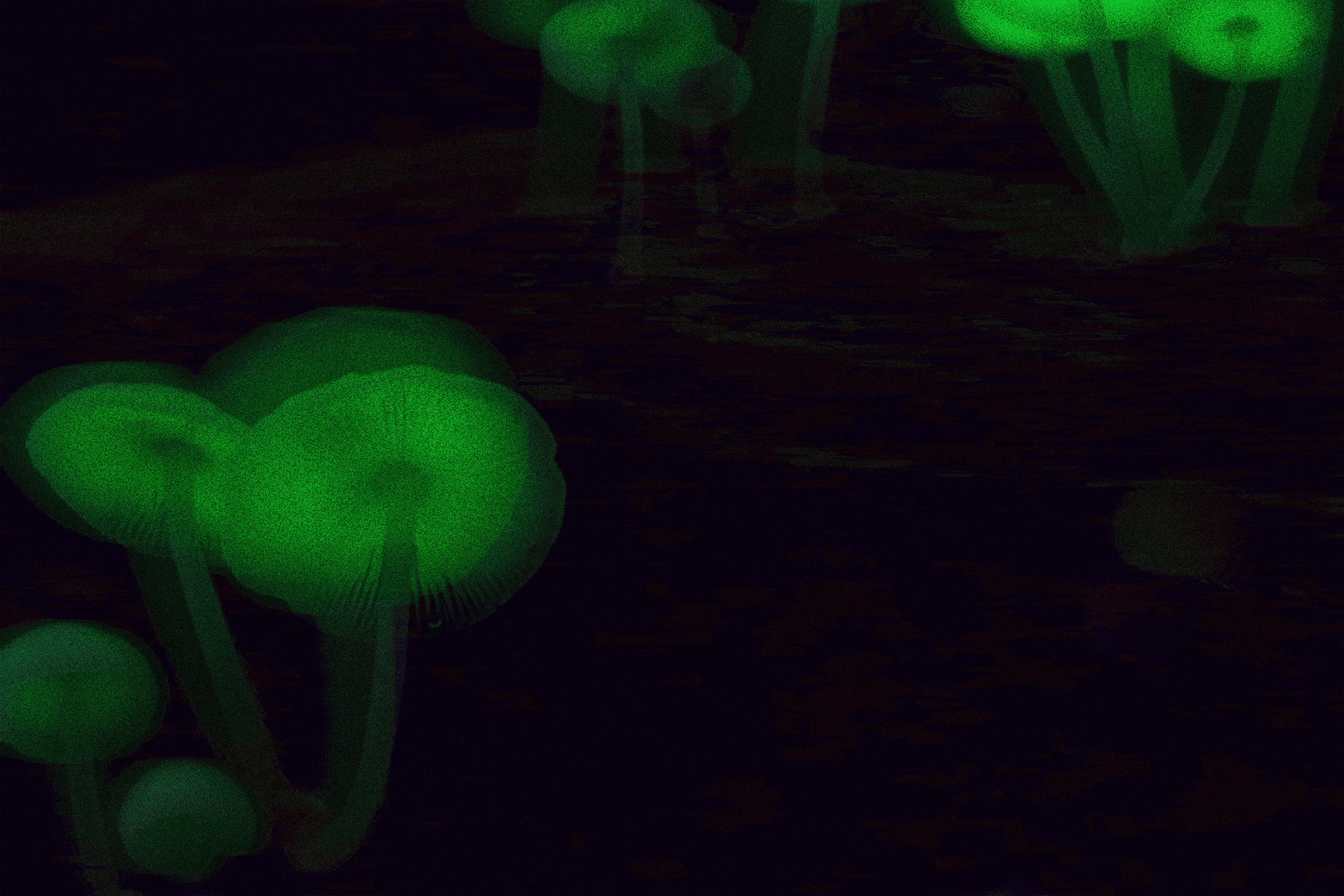
No, We Shouldn’t Ban Waymos Over a CatDec 12
on kitkat, the beloved sf feline who was run over by an autonomous vehicle, and jackie fielder, the pandering sf politician who now wants to ban the vehicles altogether
May 19, 2023

Nights on Earth are dark. True, we have our moon, and even on a moonless night the stars in their thousands provide beauty, and some light. But it’s definitely nothing like nights on Pandora, the fictional world where the Avatar movies are set. There, nature has taken bioluminescence — light emitted by living things through chemical reactions in their bodies — to a whole new level. Many people were gripped by the cinematic masterpiece of the Pandoran landscape, and the night scenes were some of the most striking and beautiful. So why aren’t our nights so brightly lit?
We do actually have a lot of glowing animals, fungi, and microbes here on Earth, though often more subdued and less ubiquitous than on Pandora. Oddly enough, there are no known bioluminescent plants, either on land or in the oceans. One of the most mysterious phenomenon, caused by bioluminescent bacteria Vibrio harveyi, is called milky seas. It was reported by sailors for centuries, including Charles Darwin, who on his famous Beagle voyage encountered it, writing that, “The sea was luminous in specks and in the wake of the vessel, of a uniform slightly milky colour. When the water was put into a bottle, it gave out sparks…” Despite this history, milky seas were only recently photographed via satellite images. A more common sight is that of sea sparkle, caused by the dinoflagellate (plankton) Noctiluca scintillans, and seen as a glowing wake sometimes left by ships, or shining blue waves crashing onto a beach.